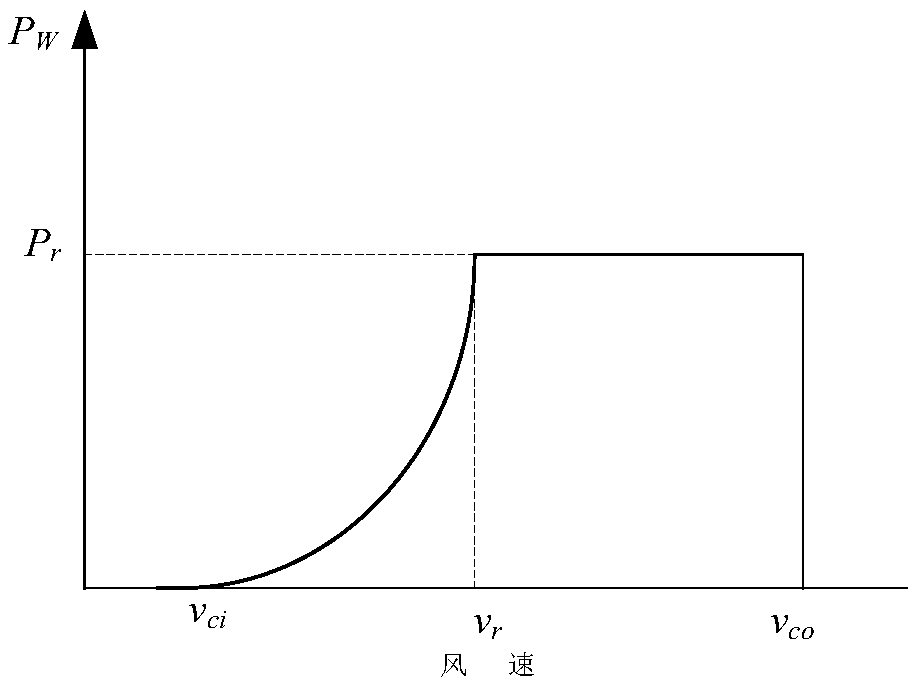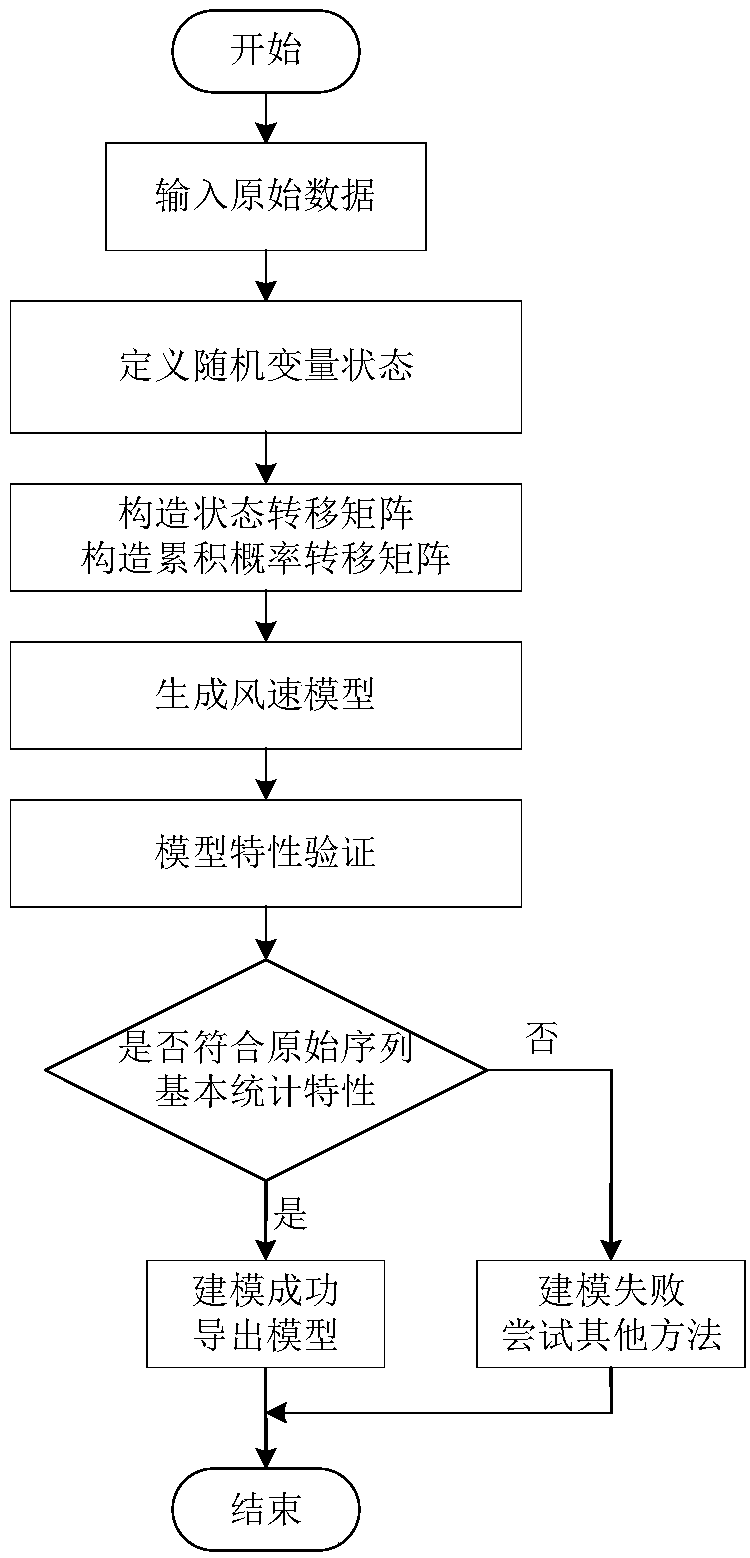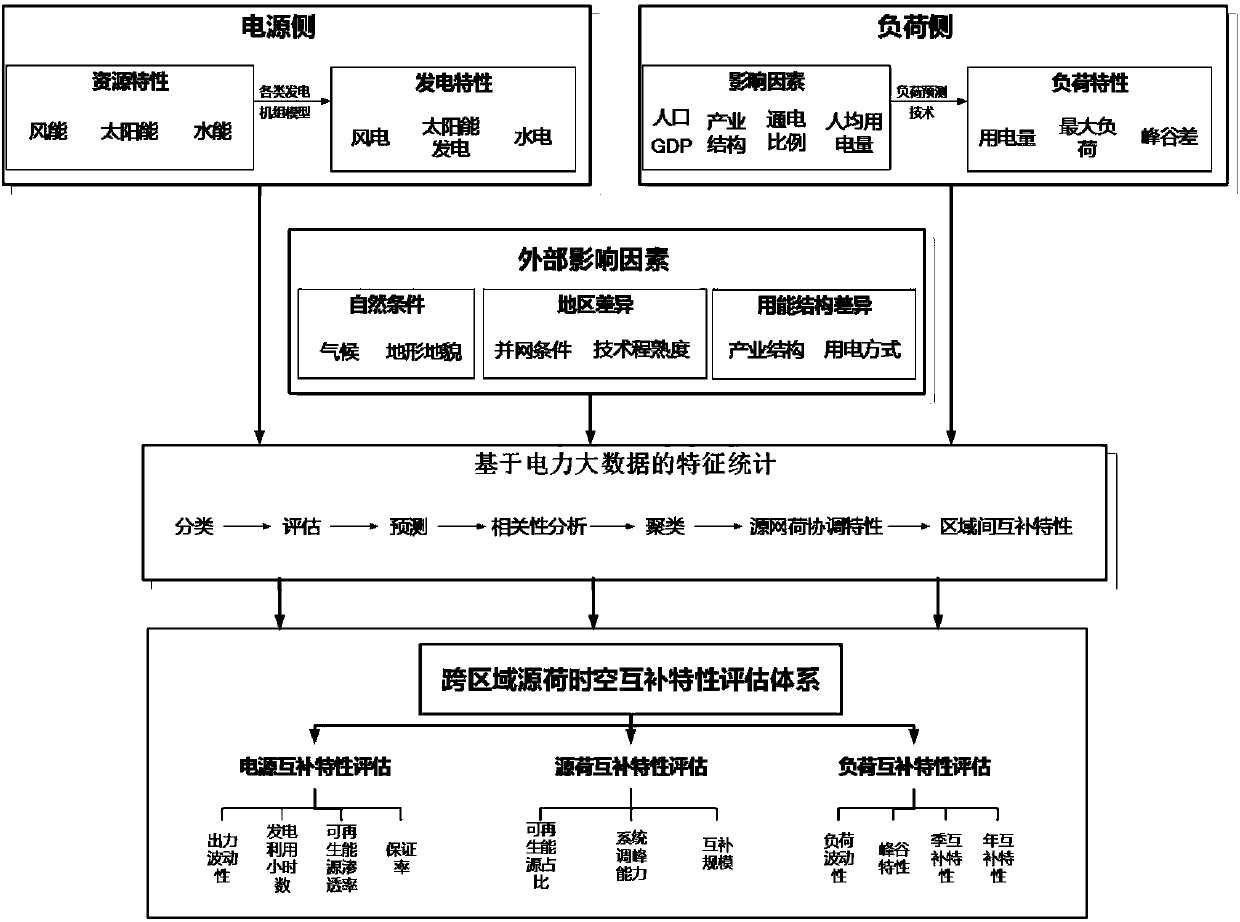Method for evaluating benefit of source-load complementation across time and space in consideration of randomness of both sides of system
A benefit evaluation and random technology, applied in information technology support system, resources, climate sustainability, etc., can solve the problem of not considering the complementary optimal allocation of renewable energy and load, etc.
- Summary
- Abstract
- Description
- Claims
- Application Information
AI Technical Summary
Problems solved by technology
Method used
Image
Examples
Embodiment Construction
[0143] The present invention will be described in detail below in conjunction with the accompanying drawings and embodiments.
[0144] refer to Figure 1-Figure 3 , the source-load cross-time-space complementary benefit evaluation method considering the bilateral randomness of the system provided by the present invention includes the following steps:
[0145] 1) Select typical countries or regions or continents, and collect and sort out the resource characteristics of wind power, solar power, and hydropower clean energy in different regions for clean energy such as solar energy, wind energy, and hydropower, and identify and screen attribute sets that describe the distribution characteristics of clean energy;
[0146] 2) According to the natural characteristics and changing laws of relevant energy resources, combined with various generator set models, simulate the output characteristics of different clean power sources with multi-time scales of hours / seasons / years;
[0147] 3)...
PUM
 Login to View More
Login to View More Abstract
Description
Claims
Application Information
 Login to View More
Login to View More - R&D
- Intellectual Property
- Life Sciences
- Materials
- Tech Scout
- Unparalleled Data Quality
- Higher Quality Content
- 60% Fewer Hallucinations
Browse by: Latest US Patents, China's latest patents, Technical Efficacy Thesaurus, Application Domain, Technology Topic, Popular Technical Reports.
© 2025 PatSnap. All rights reserved.Legal|Privacy policy|Modern Slavery Act Transparency Statement|Sitemap|About US| Contact US: help@patsnap.com



